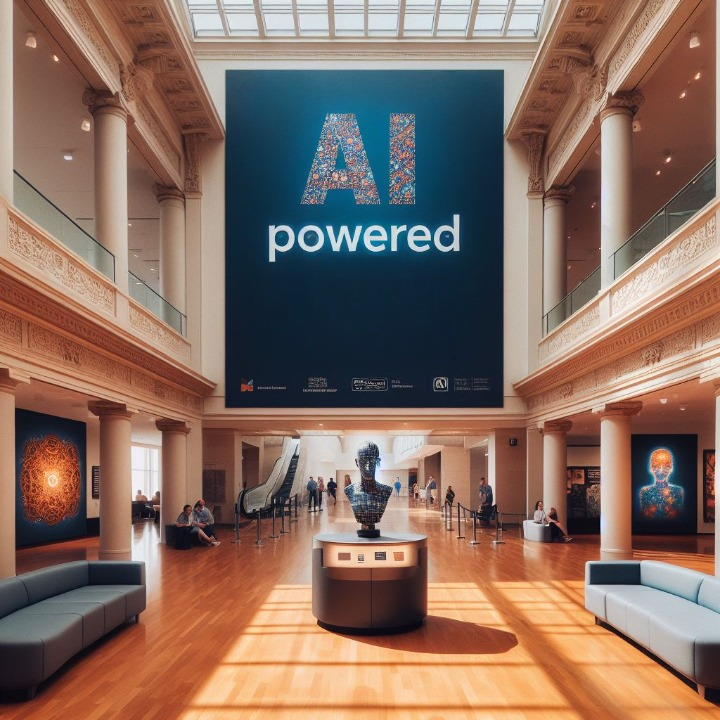
The David Wolf Holocaust & Humanity Center in Cincinnati is embracing artificial intelligence (AI) in a groundbreaking endeavor aimed at enhancing the understanding of the Holocaust among future generations. The museum is set to unveil the "Dimensions in Testimony" exhibit, featuring holograms of Holocaust survivors powered by AI technology, allowing visitors to engage in conversations and pose questions to the survivors.
Empowering Education Through AI
The exhibit will feature holograms of actual Holocaust survivors, including Pinchas Gutter and Al Miller, who will share their experiences and respond to questions from visitors. Utilizing AI, the holograms will provide prerecorded responses based on the survivors' interviews, offering an immersive and educational experience for museum-goers.
Enhancing Historical Education
By incorporating AI technology into the exhibit, the museum aims to create a more impactful and educational experience for patrons. AI enables the holograms to respond to questions with depth and accuracy, allowing visitors to interact directly with historical narratives in a unique and engaging manner.
Addressing Concerns and Optimism
While the use of AI in historical education is a novel approach, it also raises concerns regarding language recognition and potential limitations of the technology. However, museum officials remain optimistic about the exhibit's success, emphasizing its potential to engage younger generations and keep the memories of Holocaust survivors alive in an interactive and meaningful way.
Overall, the integration of AI technology into the exhibit represents a pioneering effort to leverage innovative tools for historical education, ensuring that the stories of Holocaust survivors continue to resonate with audiences for generations to come.